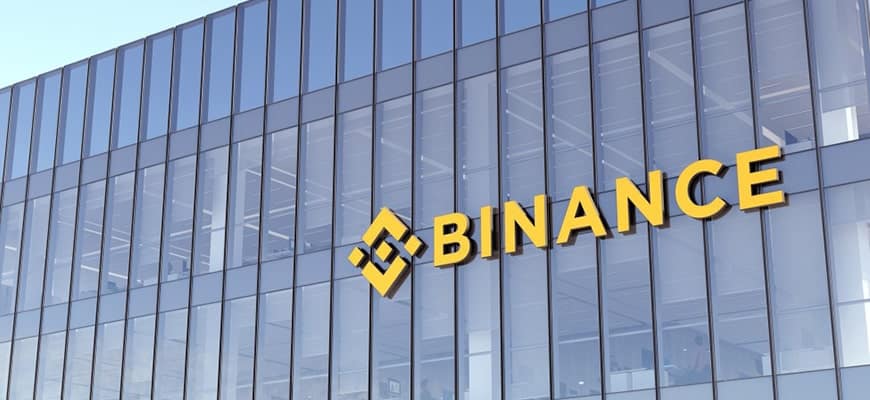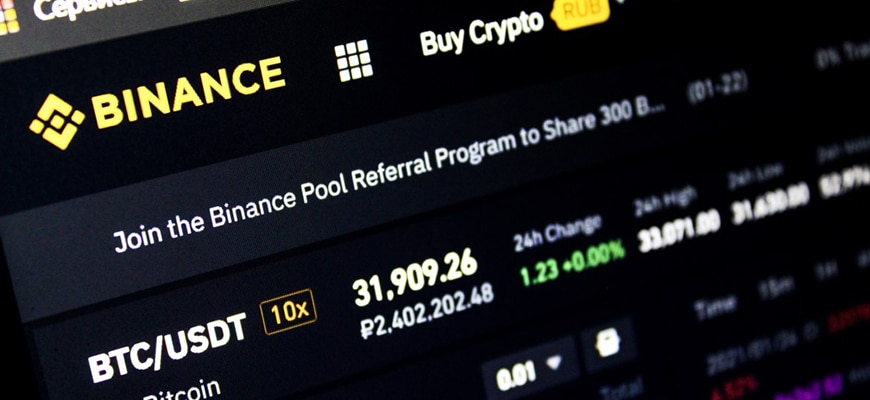Block is a file that contains information about transactions performed over a certain period of time. A block is a part of a blockchain.
What is block?
To add a new block to the chain, the problem must be solved – this process is called mining. There is a reward for solving this problem, and in the case of the Bitcoin blockchain, each block also contains information about the addresses that earned that reward. In Bitcoin, the degree of difficulty of each task is determined automatically by the network to ensure that the target solution rate is achieved. The level of difficulty is adjusted by the network’s consensus every 2,016 blocks. The first block in the blockchain is known as the genesis block. This block is the only block in the blockchain that does not contain references to the previous block.
Thus, in order to change any entry in the blockchain, an attacker would have to change all the blocks. This becomes virtually impossible due to the fact that the blockchain is not stored in one place, but rather is decentralized to each blockchain user’s local computer.








